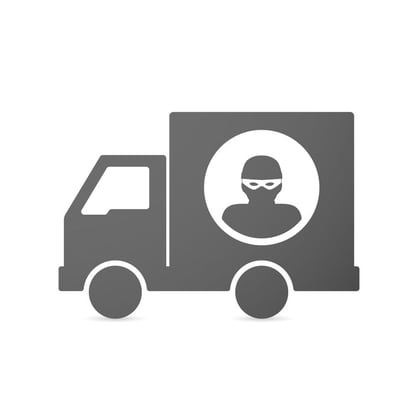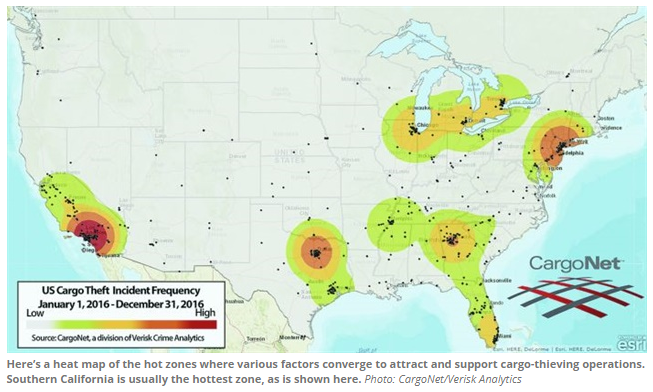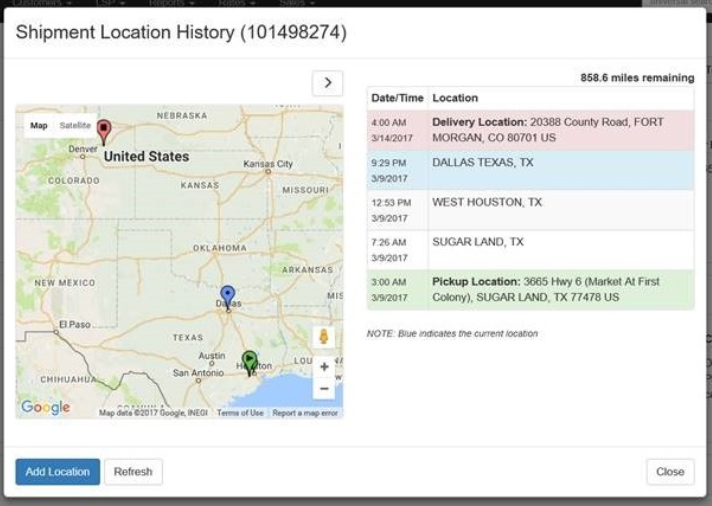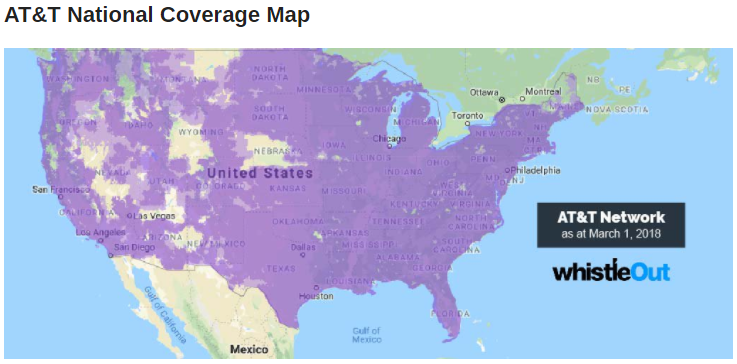REDWOOD LOGIN
Redwood PortalLTL
SCS
SCS Support
Rockfarm
 The answer to the question: Is shipping theft still threatening your business depends on your business and the willingness you are to stop it from happening.
The answer to the question: Is shipping theft still threatening your business depends on your business and the willingness you are to stop it from happening.
According to the report created by CargoNet, in 2017 cargo thefts were one of the safest years ever recorded, but that doesn't mean thieves are on vacation. It means more companies are doing more every day to protect their client's shipments.
Every security enhancement creates a better thief so keeping up with current trends in security practices and technology is imperative. Even the most popular industries experience shipping theft are reporting huge decreases in occurrences due to enhanced technology, but if you don't take the necessary precautions your business will fall prey to thieves in the night.
If you haven't taken the steps to protect your business or are having issues with shipping theft, keep in mind the tips in this article.
High-tech logistics companies, especially international companies, need to take extra care whenever possible. On average, technology logistics is one of the more "protected" shipping sectors, but they still account for 1/6 of all shipping theft.
The most attractive part of the industry is the high-demand for smartphones, computers, and televisions. The resale value of these products is so high that it entices the savviest logistics thief.
High-ticket retail items are always sought after, but after the surge of year-round online shopping, thieves have become attracted to retail like never before.
I'm sure you've seen Amazon delivery services in unmarked white vans pull up to your place of residence on the weekends. They are unmarked for a reason, and that precaution should tell you that if you're delivering anything of high-value that is bought or sold online then you should be ever-watchful.
Pharmaceuticals will stay hot items as long as they are expensive. According to the Wall Street Journal, it's said that "only 25 percent of pharmaceutical firms consider themselves unsuccessful at managing product security."
To give you an idea of what thieves are after, always think about what is in high-demand. Rising levels of diabetes in the US and other developed nations make insulin more in demand and more of a target to healthcare cargo pirates.
Most shipping thefts occur at warehouse locations without a fenced area. Still, despite the extra security, 18% of all cargo theft occurred within a fenced area.
This might ruin your weekend and probably will not be a surprise, but over the weekend snatches account for 52% of all theft.
• Friday 19%
• Saturday 17%
• Sunday 16%
The main reason is over the weekend there is a greater chance cargo is left unattended for multiple days. This accounts for over 37% of all theft.
With the use of technology, mitigating these thefts becomes easier. Security technology and refining shipping practices will continue to decrease the occurrences.

If you can, staying out of the theft hot spots is crucial to avoiding theft. Use this map to optimize your routes around these areas.

Knowing where your trucks are at all times levels the playing field against theft. Get a track and trace device with real-time updates or a very quick ping rate to allow you to watch your trucks more closely.
Beware: Some track and trace options have a ping rate of 20 minutes or more. Why give a thief that much time when real-time updates are available?

Poor cellular connectivity is another huge hurdle that hasn't been completely thwarted.
Monitoring the location of your devices becomes difficult in areas with poor cellular connectivity. Most of the larger cellular networks have larger coverage areas, but buyer beware if they do not have sufficient coverage in your area you might need to find local support.
Above is the coverage map for AT&T. For more information regarding cellular connectivity, check whisleout.com's article, Best Coverage Maps, and Carriers for Your Next Cell Phone Plan.
Geofencing is a great innovation in logistics which allows dispatchers to create alerts when a driver enters a "fenced-area." It's an alert system that uses GPS or RFID create a geographic boundary.
For security purposes, a geofence keeps drivers out of unwanted truck stops, certain rest areas, and undesirable places truckers may like to frequent. If the driver decides to enter a restricted area the dispatcher or fleet manager will receive an alert.
Many ELD providers offer this service, so do your homework and find out if your provider has this option. If not, it might be time to find one with more options.
Put cameras in and around your truck. If they're visible, you'll dissuade a thief from taking a chance on your truck.
When selecting a camera, make sure the camera sends a direct feed to the cloud or to your backend portal. Many cameras use tamperable SD-cards instead which defeats the purpose.
Thiefs will always look for opportunities to steal when companies do not take precaution. They think differently than honest people because they are not honest.
Maintaining a vigilant approach to your company's security is necessary against today's cargo thief. Taking the necessary precautions to defend your client's shipments involves using everything at your disposal.
With rising trends of Capacity Crunch, putting restrictions on drivers only makes things tougher, but a certain level of security is required to maintain shipping standards.
Doing thorough background checks to protect your business is more important than ever. Finding a driver with a clean background may tough. If you use the technology available like geo-fencing, cameras, and track and trace, you can significantly lower your risk if you make these precautions known to your drivers.
Times are tough for shipping company owners. Many companies are closing their doors, selling their trucks, or allowing absorption into larger companies. They feel it's not worth the effort to anymore.
Embracing the change is something many companies will struggle to do, but if you do use technology to protect your assets.
For more information on modern shipping practices, check out our article Freight-Sharing Apps: The Uberization of Supply Chains.